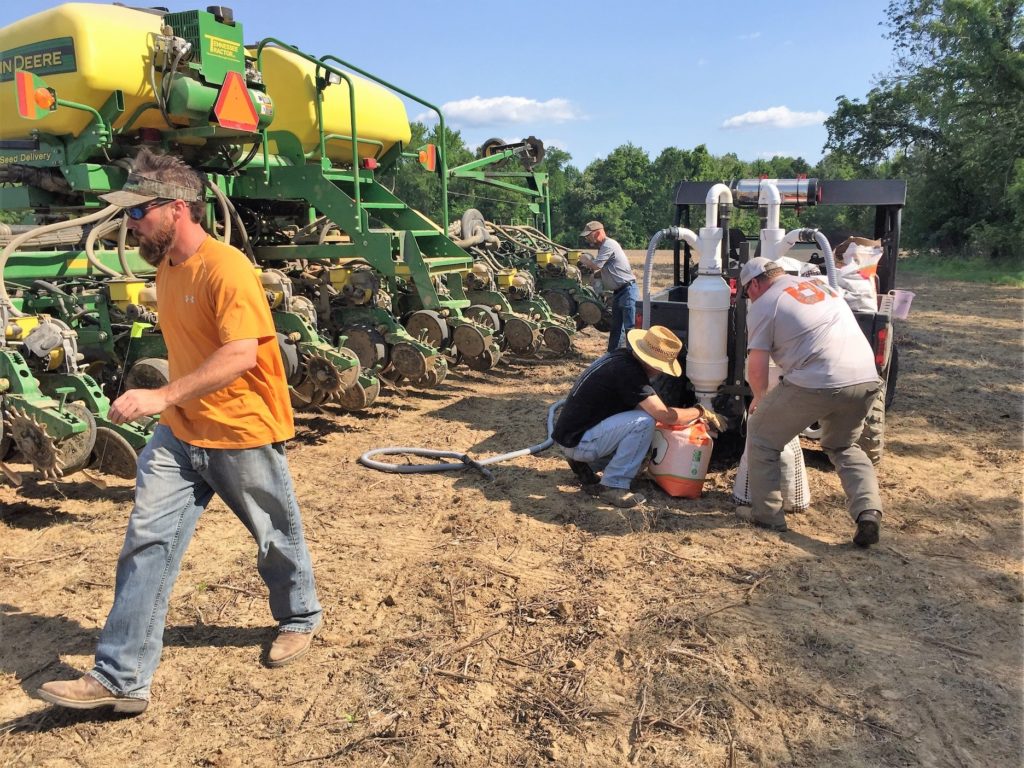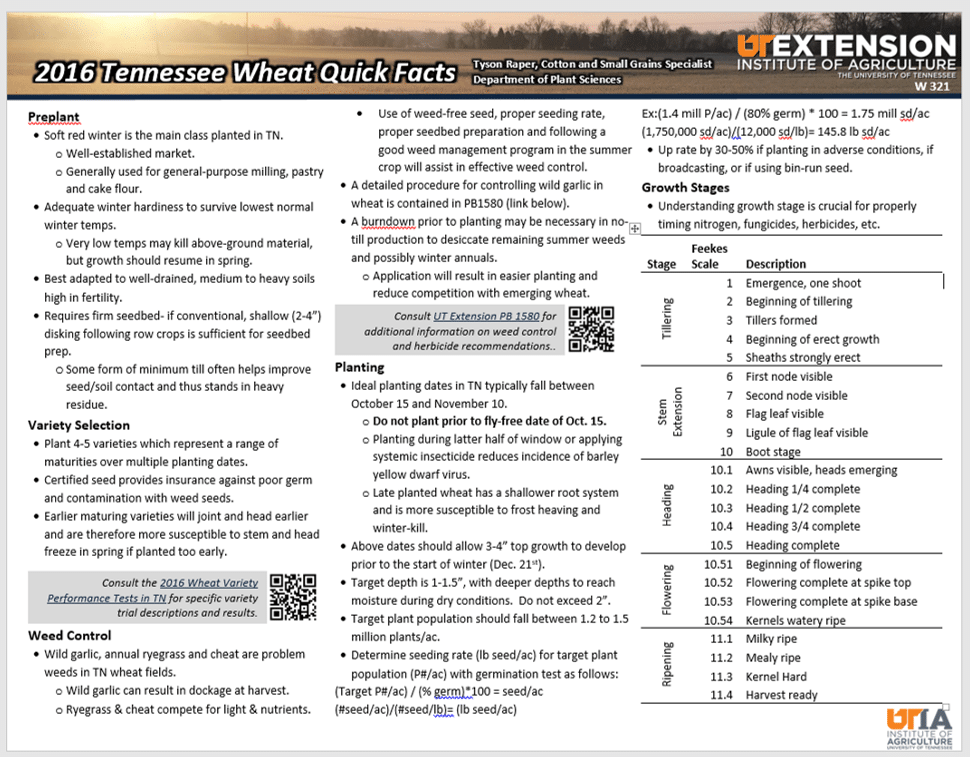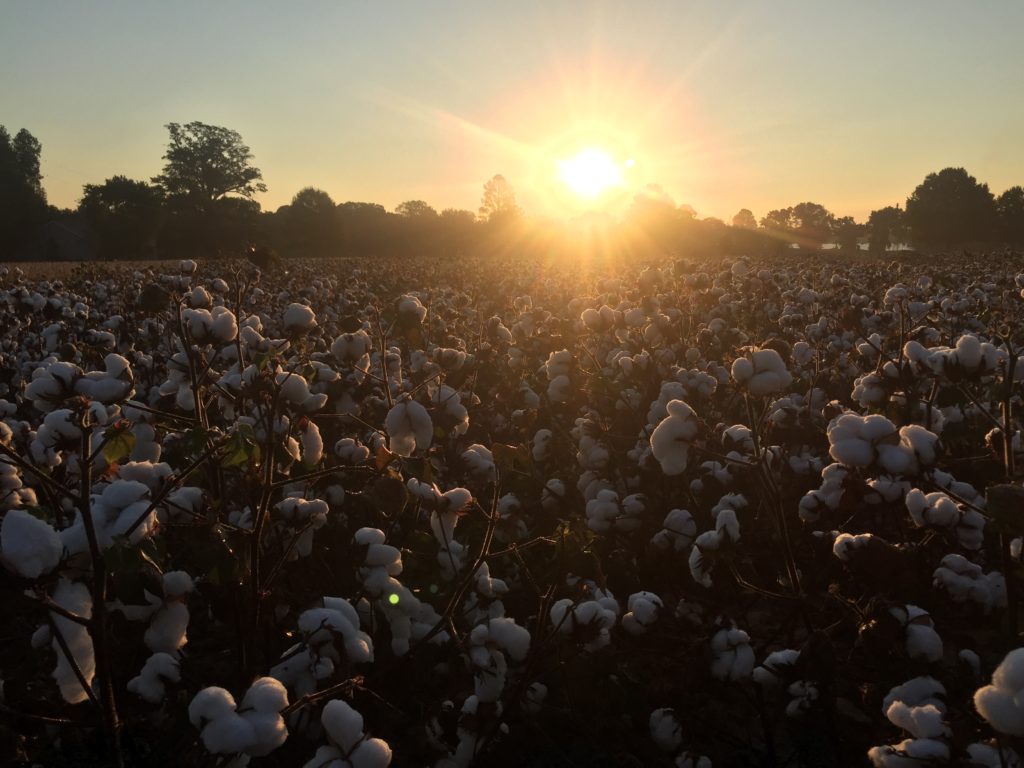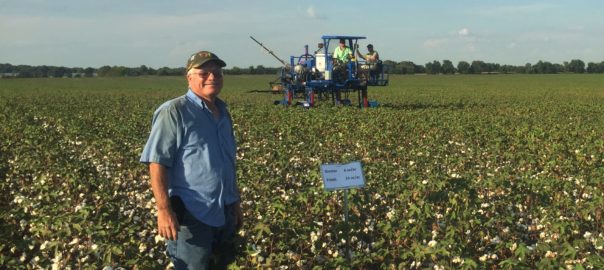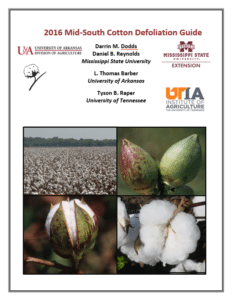The 2017 TN Cotton Variety Guide is now available  online. This document summarizes results from the 2016 University of Tennessee Cotton Agronomy program and serves as a precursor to a full release of trial results in PB 1742 to come within the next few days. Summary tables from the 2016 season were calculated from five Official Variety Trials (OVTs), four large, replicated on-farm trials and fifteen County Standard Trials (CSTs) scattered throughout TN’s cotton producing counties. To access the document click the adjacent image or the hyperlinks above or below.
online. This document summarizes results from the 2016 University of Tennessee Cotton Agronomy program and serves as a precursor to a full release of trial results in PB 1742 to come within the next few days. Summary tables from the 2016 season were calculated from five Official Variety Trials (OVTs), four large, replicated on-farm trials and fifteen County Standard Trials (CSTs) scattered throughout TN’s cotton producing counties. To access the document click the adjacent image or the hyperlinks above or below.
Special thanks to all those who participated and/or contributed to the program during the 2016 growing season. See more here: W285

